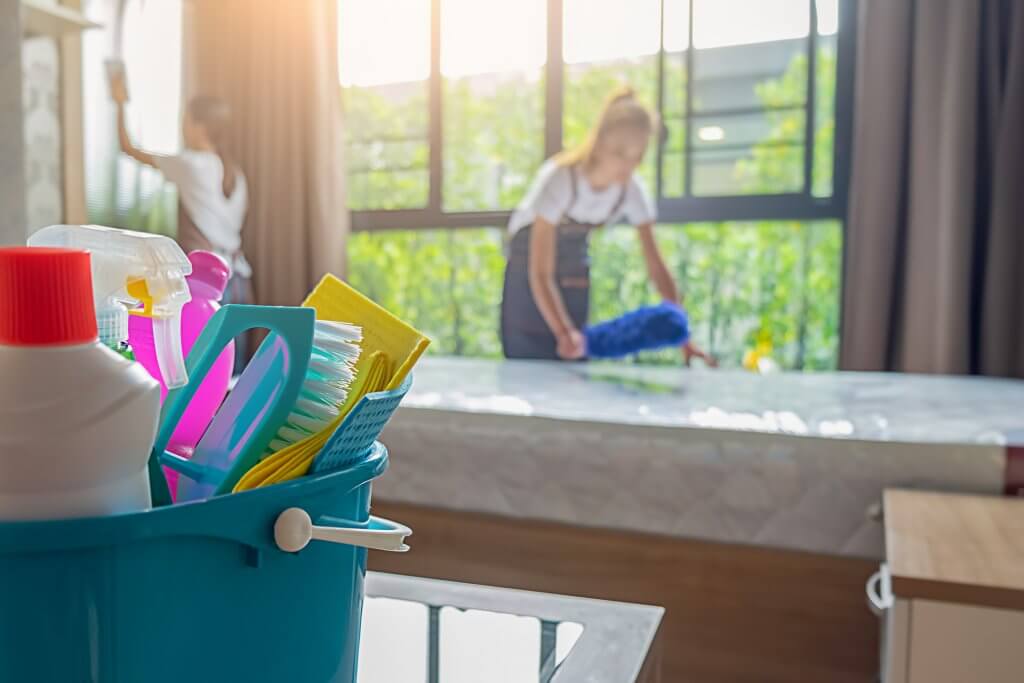Spring cleaning can be more than a daunting chore for those with allergies and asthma. Dust, pet hair and cleaning supplies can leave you reaching for the tissues instead of the broom. But according to the American College of Allergy, Asthma and Immunology (ACAAI), spring cleaning can also help you avoid allergy symptoms.
Relief can sometimes be as simple as knowing how to remove allergens from the home. Allergy and Clinical Immunology Associates and ACAAI have put together useful tips for removing allergens in the home, and ways to avoid accidentally letting more in.
 A Fresh Breeze Won’t Please
A Fresh Breeze Won’t Please
The first sign of balmy temperatures might give you an urge to open up your windows to bring in fresh scents. But this can also lead to unwanted pollen particles entering the home and making you sneeze long after your spring cleaning is complete. Before you reach for the air fresheners and candles, be aware that chemicals found in these items can spur asthma attacks. Your best option is to opt for natural aromas from the oven or try an organic air freshener.
Rub a Dub, Scrub
Bathrooms, basements and areas that are tiled can be especially prone to mold. The key to reducing mold is moisture control. Be sure to use bathroom fans and clean up any standing water immediately. Scrub any visible mold from surfaces with detergent and water, and completely dry. You can also help ward off mold by keeping home humidity below 60 percent and cleaning gutters regularly.
Love your Pet, Not their Dander
After spending many days indoors over the winter, chances are fur, saliva and dander from your family pet might be elevated throughout your home. Remove pet allergens by vacuuming frequently and washing upholstery, including your pet’s bed. Also be sure to keep your pet out of the bedroom at all times to ensure you can sleep symptom-free.
Whole House Deep Cleaning
Cleaning the entire house from top to bottom may take days. But you can get a head start by changing your air filters every three months and using filters with a MERV rating of 11 or 12. Also be sure to vacuum regularly to get rid of dust mites. Use a cyclonic vacuum, which spins dust and dirt away from the floor, or a vacuum with a HEPA (high efficiency particulate air) filter. Wash bedding and stuffed animals weekly.
Don’t Neglect the Great Outdoors
As the grass turns green and flowers bud, it’s hard to neglect the outdoors during your spring cleaning routine. It’s best to avoid being outdoors when pollen counts are highest (mid-day and afternoon hours). When mowing and gardening, be sure to wear gloves and a N95 particulate pollen mask (Centers for Disease Control (CDC) NIOSH rated), and take your medication before you go outside. Avoid touching your eyes, and be sure to wash your hands, hair and clothing once you go back indoors.
Even when you reduce the number of allergens in your home, allergy symptoms can still be bothersome. Those with seasonal and perennial allergies should be under the care of a board-certified allergist, who can identify the source of your suffering and develop a treatment plan to eliminate symptoms.
For more information about seasonal allergies contact Allergy and Clinical Immunology Associates.